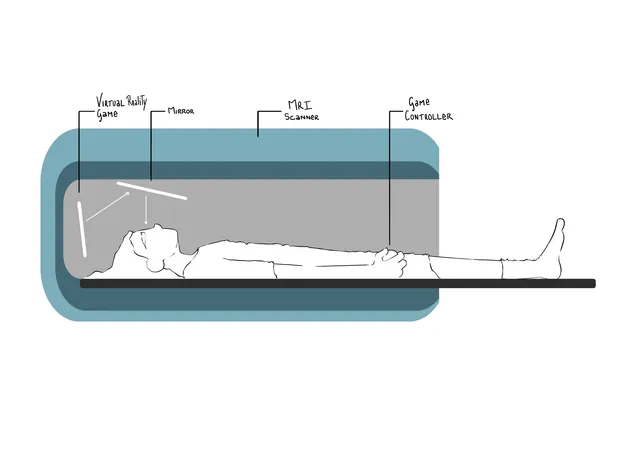
Alarming Study Reveals Decline in Natural Carbon Storage is Accelerating Climate Change
2025-03-17
Author: Daniel
A groundbreaking study from the University of Strathclyde is sounding the alarm on the critical state of Earth's natural carbon storage systems, warning that climate change will intensify due to a significant decline in the sequestration of carbon dioxide (CO2).
Historically, the planet’s natural ability to sequester carbon—essentially locking it away in plants and soil—has seen a gradual increase, with rates climbing by 0.8% annually during the 1960s. However, this upward trend came to a halt in 2008, and recent findings show that the capacity for sequestration is now plummeting at a rate of 0.25% per year.
If the sequestration growth rates of the 1960s had continued, we would have witnessed a 50% increase in natural carbon storage from 1960 to 2010. Instead, if the current downward trajectory persists, we could face a dire reduction of this natural carbon sink by half over the next 250 years.
A Tipping Point?
Carbon sequestration plays a vital role in offsetting CO2 emissions generated by human activities, which are currently rising by approximately 1.2% annually. To balance this emissions growth, a reduction of around 0.3% each year—equivalent to roughly 100 million tons of CO2—would be necessary.
The study is published in the journal Weather, and highlights the urgency to act. Co-authors James Curran, a Visiting Professor at Strathclyde's Centre for Sustainable Development, and Dr. Sam Curran emphasize that most of the Earth’s land mass is located in the Northern Hemisphere. This region's lush vegetation absorbs a significant amount of atmospheric CO2 during the summer months. However, winter months bring decomposition, releasing some of this CO2 back into the atmosphere.
“It’s critical that we prioritize biodiversity and ecosystem services that support carbon sequestration,” warns Professor Curran. “This includes stopping deforestation, promoting rewilding, and preventing forest fires. We must also focus on re-establishing large, resilient habitats that can provide enhanced ecosystem services.”
Misleading Beliefs?
In a surprising revelation, Professor Curran noted a common misconception among researchers and the public that sequestration rates are merely set to decline in the future. Contrary to this belief, the data demonstrates that the decline is already in progress.
He remarks, “While it is true that the increase of CO2 in the atmosphere can facilitate plant growth—acting as a fertilizer—this is overshadowed by detrimental effects from heat spikes, droughts, floods, wildfires, and the spread of pests and diseases.”
Interestingly, satellite observations have reported Earth becoming "greener” as vegetation coverage expands, but experts caution that this apparent increase does not paint a complete picture. The complex interplay of climate stressors reveals that many regions are facing significant threats that could reverse any temporary gains in natural carbon sequestration.
Conclusion: A Race Against Time
With climate change spiraling at an alarming rate, it is clear that immediate action is needed to safeguard our planet's natural carbon storage systems. As researchers push for innovative solutions, the message is louder than ever: we must act quickly to protect and restore natural ecosystems if we are to combat the climate crisis effectively. Will we heed the warning before it's too late?




 Brasil (PT)
Brasil (PT)
 Canada (EN)
Canada (EN)
 Chile (ES)
Chile (ES)
 Česko (CS)
Česko (CS)
 대한민국 (KO)
대한민국 (KO)
 España (ES)
España (ES)
 France (FR)
France (FR)
 Hong Kong (EN)
Hong Kong (EN)
 Italia (IT)
Italia (IT)
 日本 (JA)
日本 (JA)
 Magyarország (HU)
Magyarország (HU)
 Norge (NO)
Norge (NO)
 Polska (PL)
Polska (PL)
 Schweiz (DE)
Schweiz (DE)
 Singapore (EN)
Singapore (EN)
 Sverige (SV)
Sverige (SV)
 Suomi (FI)
Suomi (FI)
 Türkiye (TR)
Türkiye (TR)
 الإمارات العربية المتحدة (AR)
الإمارات العربية المتحدة (AR)